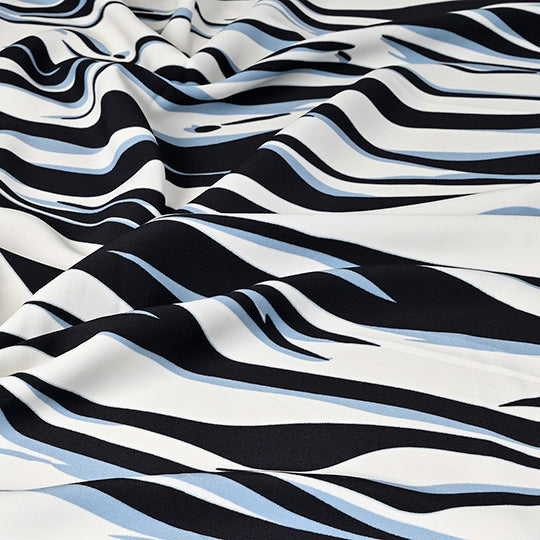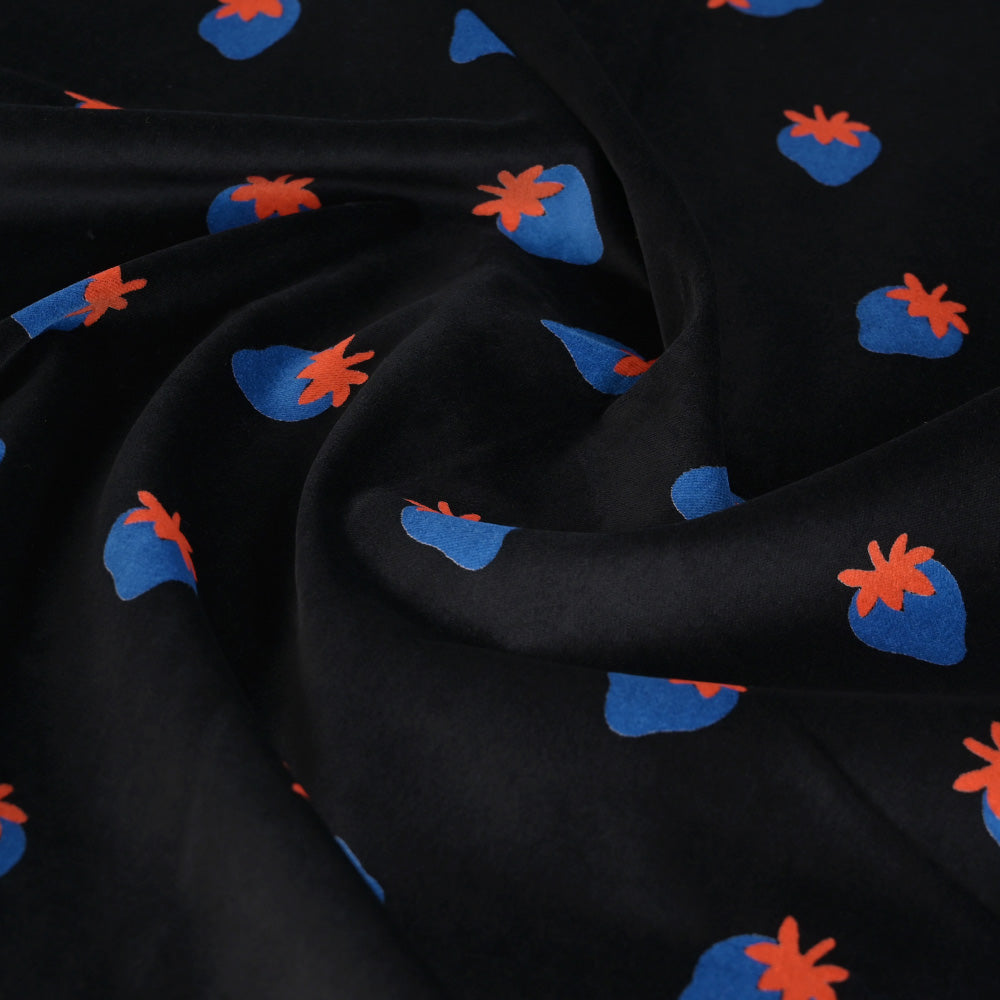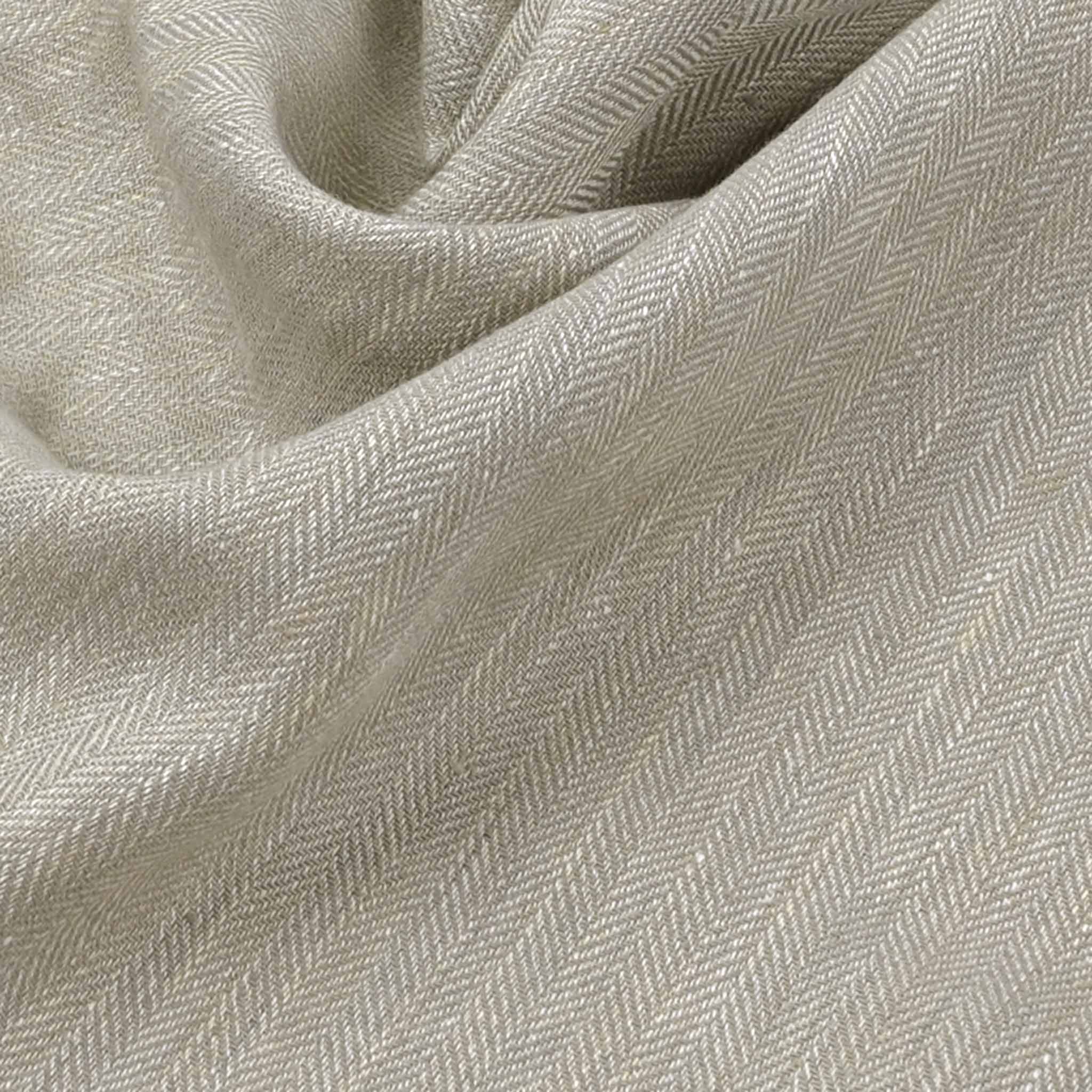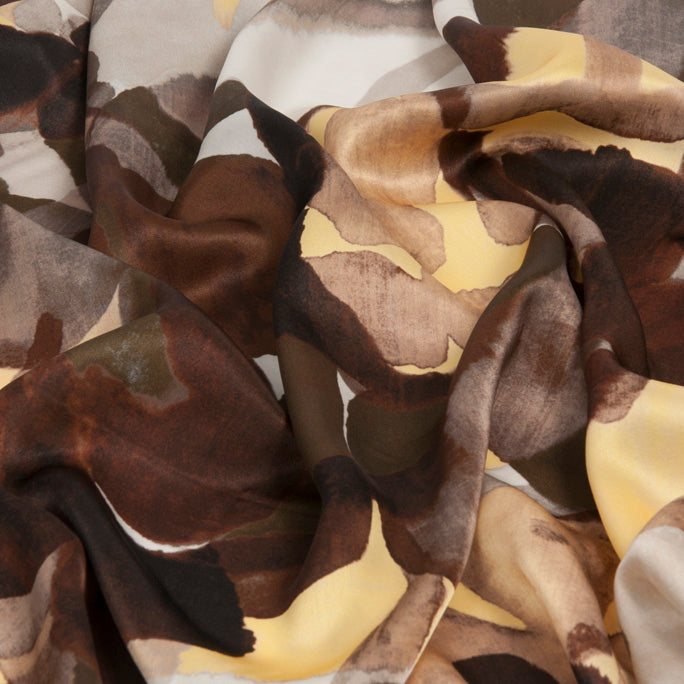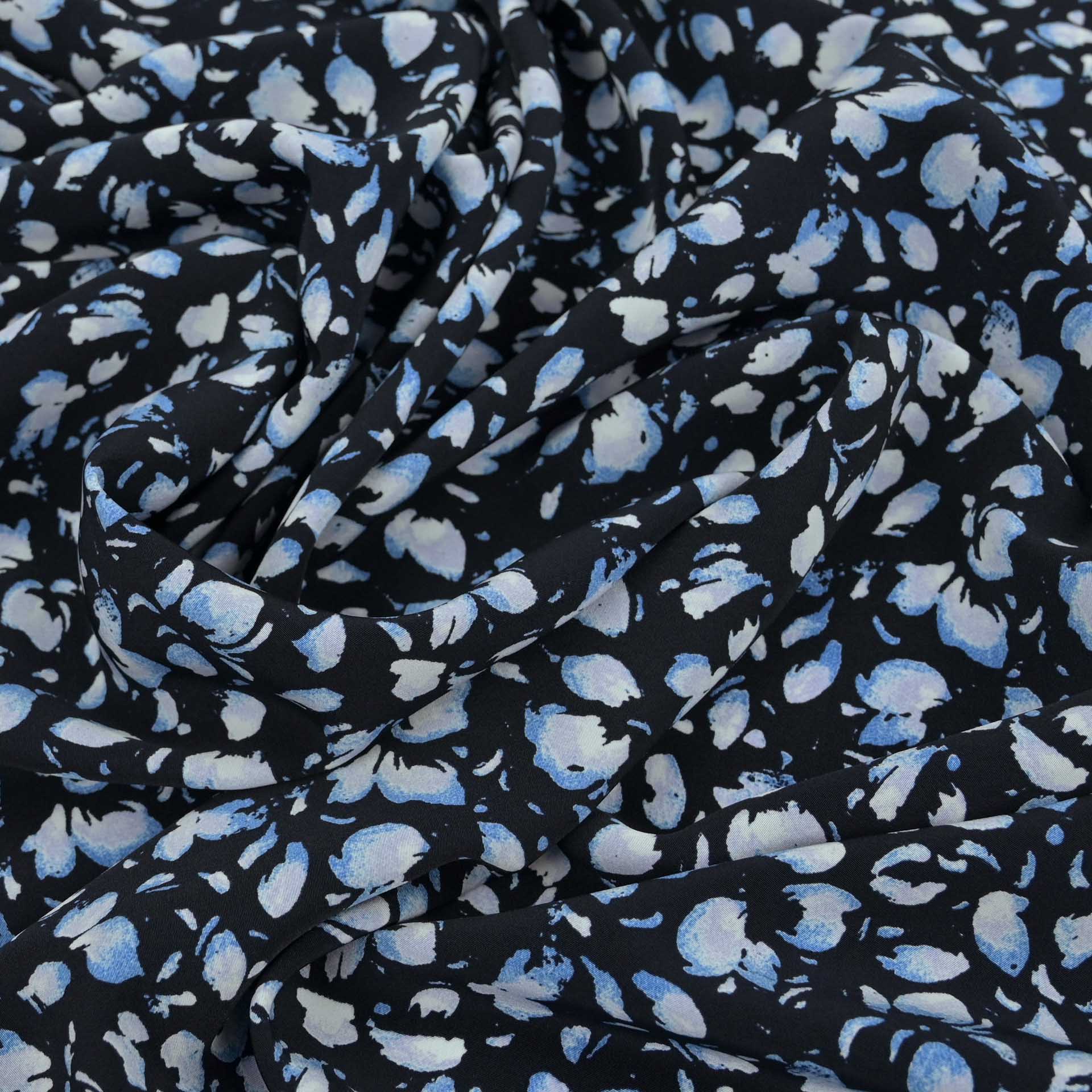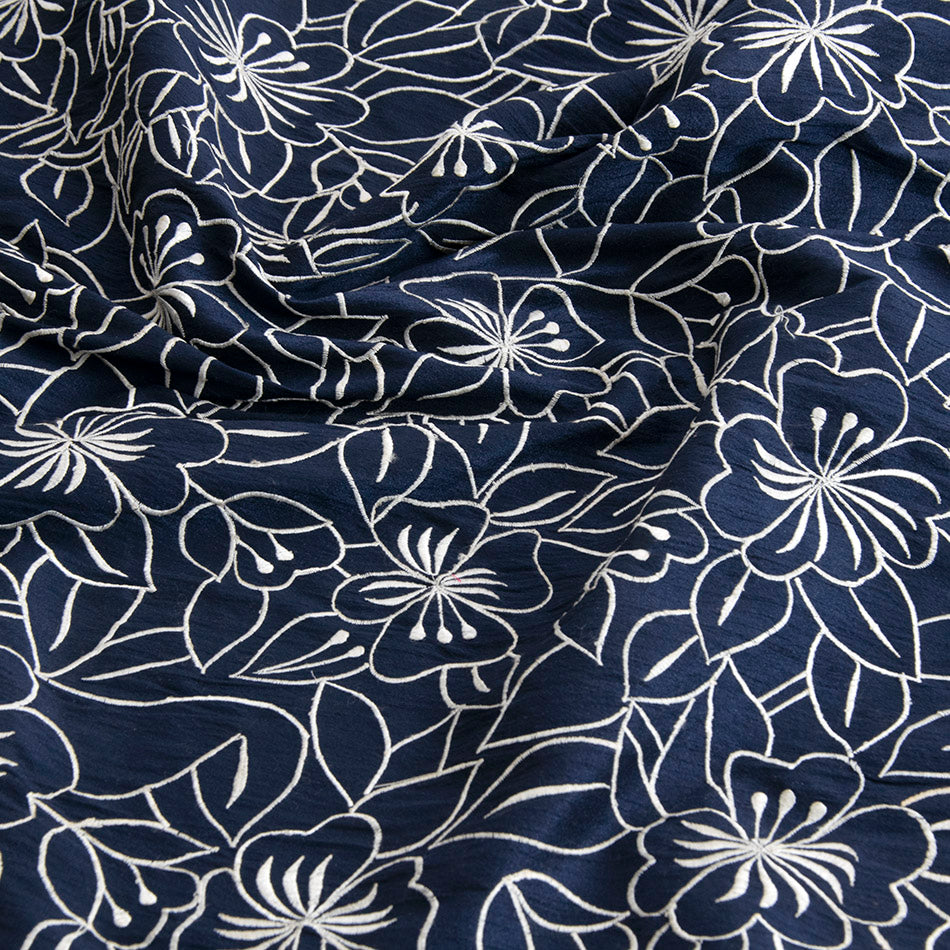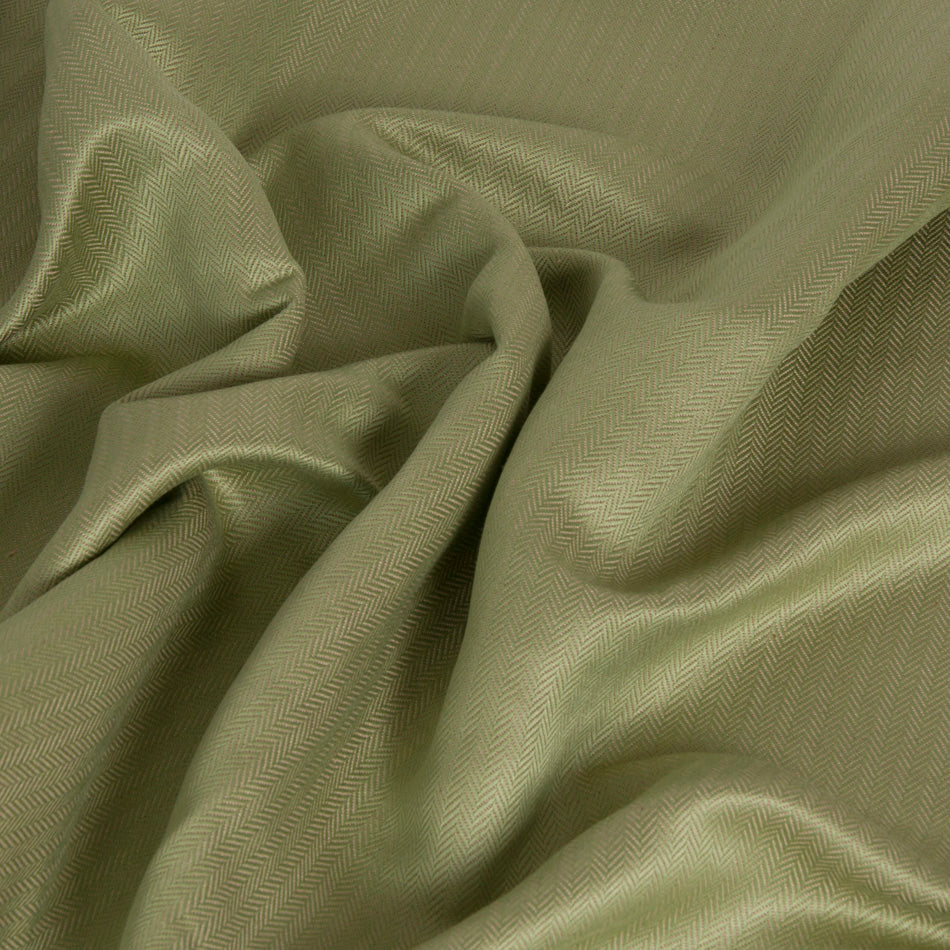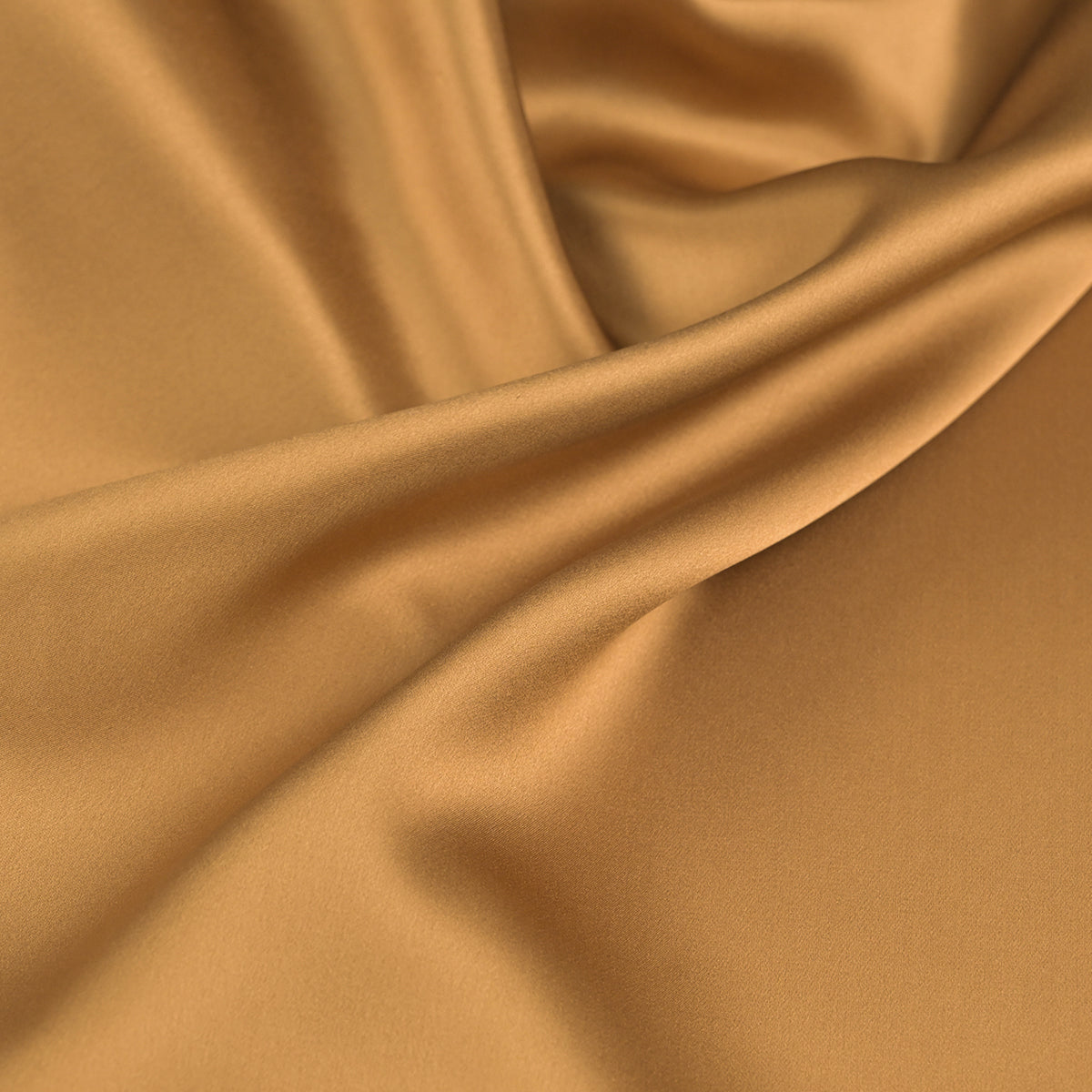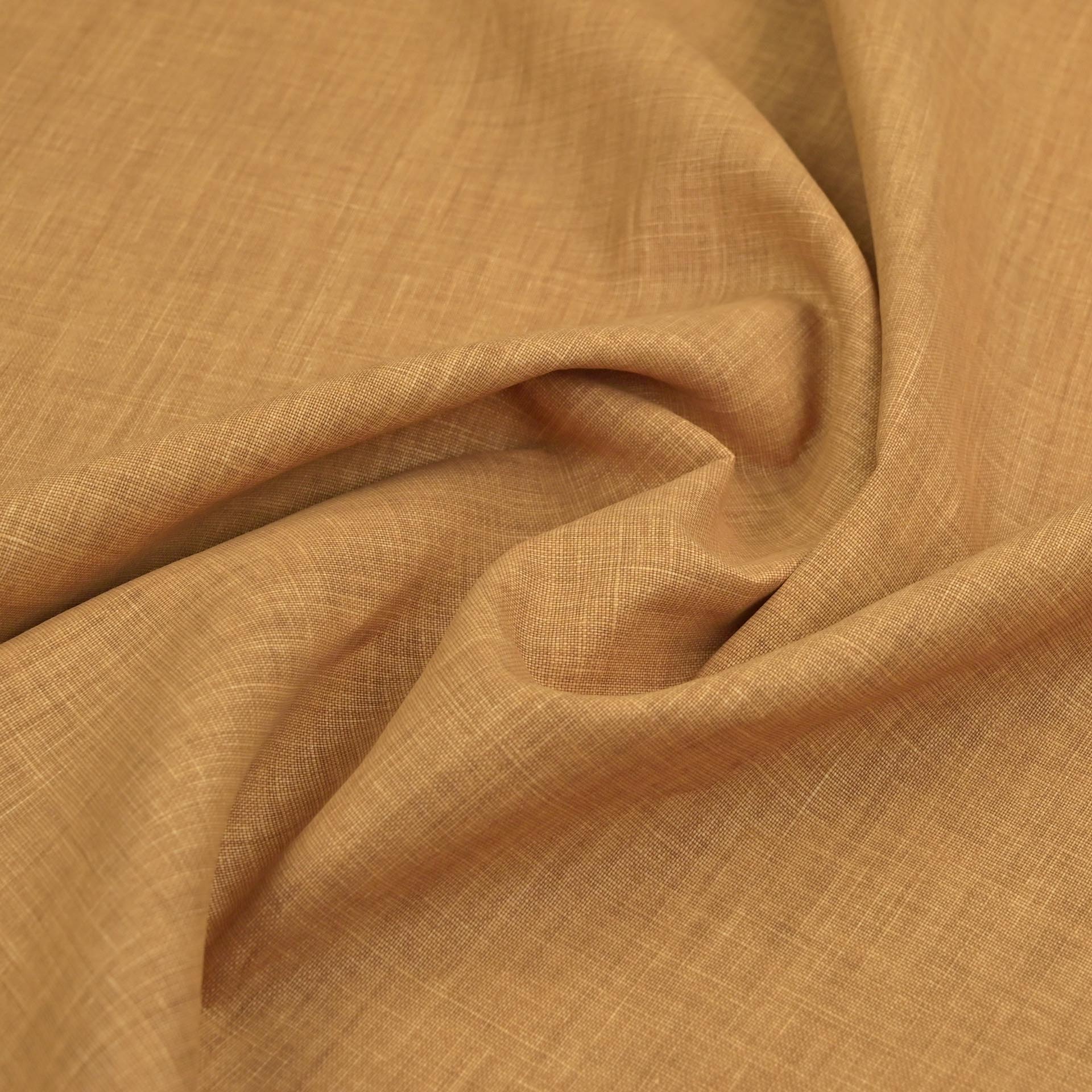News
Different Printing Methods
Nowadays, it is very popular to print images on fabrics. Sublimation, digital printing and conventional printing are the three methods that create this trend, all...
The Art of Velvet
Velvet is a soft, luxurious and elegant fabric characterized by a dense pile of evenly cut fibers. It has a wonderful fit and a shiny...
Linen’s Journey
Linen is a valuable natural fabric that is extracted from the cellulose fibers that grow inside the stems of flax plants. Due to its crystalline...
How is silk made?
Silk is a raw material from nature and can be used in different contexts and functions in the textile universe. This material is obtained from...
Can a fabric be recycled?
The life cycle of a garment begins at the origin of the garment’s fabric and continues until the garment is no longer used. Currently, there...
Embroidered Fabrics
Embroidered fabrics are fabrics decorated with techniques and materials external to the fabric itself. To make an embroidery, you can use thread, pearls, beads, sequins...
Upcycling and its importance within the fashion world
In Portuguese, the term upcycling means “reuse on top” and emerged within the scope of circular economy practices, whose aim is to educate consumers to...
Digitalization in Fashion and Sustainability
Digitalization is a tool or working method that is currently present in many industries, including the fashion and apparel industry. In fashion, digitalization represents a...
What is Slow Fashion?
“Slow Fashion” was a concept that emerged in 2004 and it was created by the fashion writer Angela Murrills. “Slow Fashion” appeared in the fashion...
